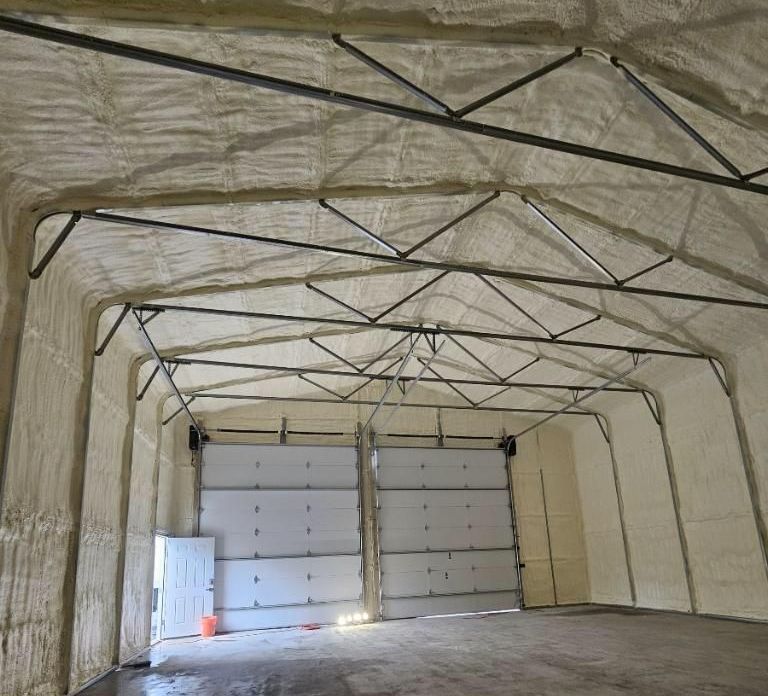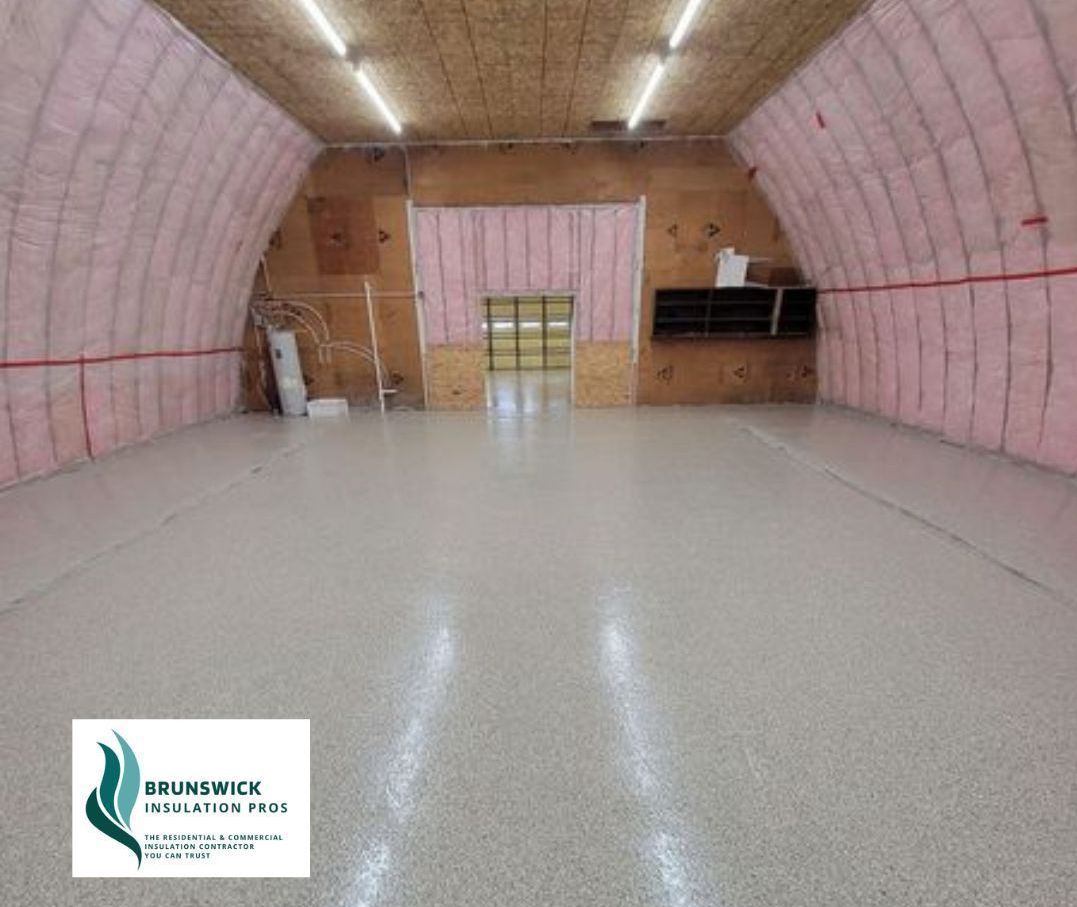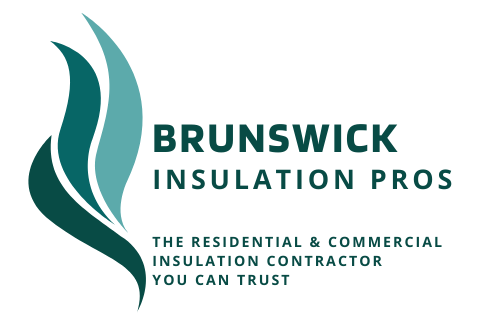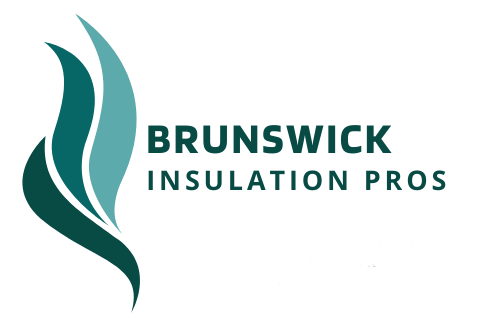Residential and Commercial Exterior Wall Insulation
How do you insulate interior and exterior walls?
When it comes to insulating exterior walls in a home or business property, there are many insulation choices you can consider. We provide a broad range of
wall insulation choices ranging from
ecobatt insulation, fiberglass insulation, spray foam insulation, rigid foam insulation, sound proof insulation
and more. We help you choose the
best wall insulation choice for you based on your requirement and budget. You will have to strongly consider the type of insulation and their details before moving forward with exterior or interior wall insulation. Below is a summary of choices of
wall insulation types
for you to learn about. Call us at today
(908) 948-8083 for more information about wall insulation.
2x4 Wall insulation
For these two-by-four stud wall insulations, you will often use R-13 or R-15 fiberglass insulation rolls. Although they are rated differently, these two insulation kinds are similar enough in thickness to fit inside contemporary two-by-four wall systems. We are responsible for the best insulation for 2 x 4 walls.
Insulating 2x6 walls
Walls in some newer homes could be constructed with 2x6 studs. For two-by-six (2x6) wall insulation, use fiberglass insulation rated at R-19 or R-21. This combination makes sure that the insulation inside the walls is neither too loose nor too tightly packed.
Stud wall insulation
Our contractors can install R-13 and R-19 fiberglass batt insulation, cellulose, mineral wool, continuous blown-in rigid fiberglass, and closed-cell spray foam for stud wall insulation. We are the industry pioneers in the field of wall insulation.
Garage wall insulation
A Garage insulation with an R-value of between R-13 and R-21 is typically advised whether you use fiberglass or spray foam insulation. Your home's thermal barrier can be strengthened by adding insulation to exterior walls of the garage, particularly garage walls that are attached to living areas. This will assist enhance R-value and this is the best insulation for garage walls.
Batt insulation and Blanket Insulation
- Batt insulation and insulation blankets or blanket insulation come in various varieties. Typically made of fiberglass, but also available in cellulose, mineral wool, natural fibers, and plastic. The batt insulation are available in pre-cut insulation parts and blanket insulation comes as long rolls. It works best for unfinished walls, floors, and ceilings.
- Batt insulation has a number of advantages, especially when installed in exterior walls. When installed properly, batt insulation can help reduce the energy used by your heating and cooling systems to save a lot on energy bills.
- Blanket insulation is commonly used in insulating basement walls. It is sort of like a wrap for your walls. You can request perforated or unperforated basement blanket insulation. It has a layer of fiberglass insulation with a cover of white plastic and can be attached to the wall from the ceiling all the way to the floor. It is a great product but the supplies have been running low due to the low demand.
Cellulose Insulation or blow-in Insulation
- Cellulose insulation is one of the many economical insulation products that provide convective and conductive heat resistance in your home walls. Cellulose insulation is a smart alternative to fiberglass. It boasts as a green, efficient and non-toxic thermal insulation solution that’s worth considering.
- Since cellulose can fit into the nooks and crannies of your home, it leaves little room for unwanted heat transfer. This means that it is effective at keeping consistent temperatures throughout your home and can help to reduce your year round energy costs.
- Cellulose insulation only comes in one form namely
blown-in insulation, also called loose fill insulation. During installation of cellulose insulation, our best insulation professionals use specialized blower equipment to “spray” insulation fibers onto a surface or into a space. It can be used to insulate areas between the joists on your attic floor or fill in insulation in the exterior walls. Although the insulation is being sprayed, blown-in insulation vs spray foam is a much different process.
Spray Foam Insulation for Walls
- This is a form of insulation made liquid polymers once sprayed becoming rigid foam like. It works brilliantly for any type of space. The insulation basically comes with millions of microscopic air pockets already present, and it is impossible to drive them out. All sections of the cavity, including the structural components, holes, fissures, and seams, are sealed by spray foam insulation, including the walls, floors, and ceiling.
- Spray foam insulation, which has long been utilized in commercial buildings, has also become more common in homes. Professionals should do spray foam insulation and You shouldn't have any problems using it for your house's existing walls. Insulating existing walls can be done in both closed-cell and open-cell forms using spray foam insulation. In reality, Spray foam insulation in existing walls is one of the simplest insulating methods available.
- Foam type insulation is the most frequently used for exterior house insulation under siding. The space between your siding and internal walls is filled with foam insulation. In order to stop moisture from entering your home, it works well with house wrap.
Fiberglass and Rigid Foam Board Insulation
- For your exterior and walls, fiberglass is an insulating material that is reasonably priced. The material, which is constructed of incredibly tiny glass fibers, would be inserted in the stud cavities as batts or rolls.
- When using fiberglass insulation, R-value or resistance value is an important parameter to consider. The higher or greater the R-value, the better the insulation will perform at maintaining a comfortable living space.
- Foam board or fiberglass are excellent possibilities if you're searching for a less priced solution to insulate basement walls. Spray foam is the best option if you want to create an air seal in your basement walls to improve the comfort of the area. However, unlike fiberglass, it's a one-time deal. Once the foam board is installed, you won't need to replace it. So, you can insulate your basement walls with fiberglass now with us.
- Using
rigid foam board insulation is the quickest and a cheap way to insulate a block wall's
interior. The panels, which come in huge, three-by-five, or four-by-eight sizes, are light and secured in place.




